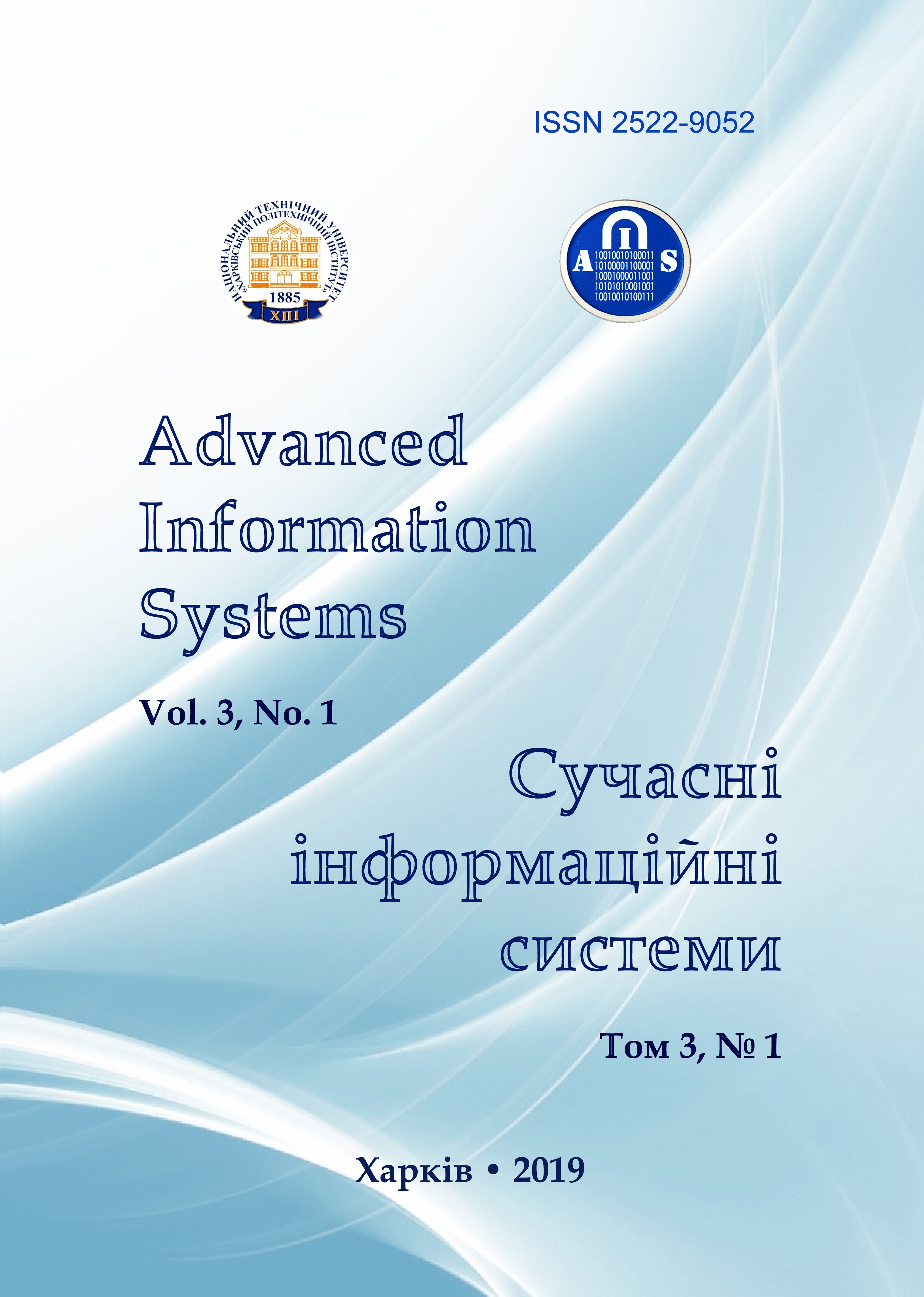THE CONCEPT OF INFORMATION SECURITY IN THE IOT SYSTEM
Main Article Content
Abstract
The subject of the study are the processes of securing information in wireless control and communication channels of the Internet of Things (IoT) system. The goal is to develop the concept of broadband Internet access and the implementation of key security competencies in the implementation of IoT projects. The task is to ensure stable and secure operation of the IoT system. The model is based on the reference model DigComp 2.0, created within the framework of a system of digital competence of citizens. Moreover, the main area of competence of this model is security. The method used: methods of analytical, simulation modeling and temporal position-pulse coding. The following results are obtained: A security concept has been developed in the wireless control and communication channels of the IoT system. It is shown, that to obtain high noise immunity of control and communication channels and to protect information from interception, wireless ultra-wideband communication technology should be used, which allows for large volumes and speeds of information transfer. The possibility of joint interference-free operation in the same frequency range of both traditional narrow-band communication systems and systems using ultra-wideband signals is substantiated. A technical solution for the design of an ultra-wideband receiving - transmitting antenna system is proposed. Conclusions. The use of channels with an ultra-wide frequency band allows for an increase in the number of control and communication channels of the IoT system. Pre-distribution between the channels of orthogonal codes implements the process of control and communication without interception of information and mutual interference. Moreover, the application of the method of temporal position-pulse coding prevents inter symbol distortions of ultrashort pulses coding. It also reduces the level of distortion of information signals caused by its multipath propagation, which guarantees the security of information in the IoT system.
Article Details
References
Vuorikari, R., Punie, Y., Carretero Gomes S. and Van den Brande, G. (2016), DigComp 2.0: The Digital Competence Framework for Citizens, Update Phase 1: The Conceptual Reference Model. Luxembourg Publication Office of the European Union, EUR 27948 EN, DOI: https://doi.org/10.2791/11517
CMU (2018), The Concept of the Development of the Digital Economy and Society of Ukraine for 2018-2020, Order of the Cabinet of Ministers of Ukraine dated January 17, 2018 р. № 67-р., available at: https://www.kmu.gov.ua
Digital Agenda of Ukraine - 2020 (2016), Conceptual foundations. Priority areas, initiatives, projects of "digitalization" of Ukraine up to 2020, available at: https://ucci.org.ua/uploads/files/58e78ee3c3922.pdf
International Standard IEC 1000-4-92 (1992), Immunity tests. Resistant to interference. Level of noise immunity.
Gallager, R.G. (1974), Information Theory and Reliable Communication, Soviet Radio, Moscow, 720 p.
Harmuth, H.F. (1981), “Non sinusoidal Waves for Radar and Radio Communication”, Academic Press, New York, London, Toronto, Sydney, San Francisco, 376 p.
Serkov, А., Breslavets, V., Tolkachov, M. and Kravets V. (2018), “Method of coding information distributed by wireless communication lines under conditions of interference”, Advanced Information Systems, Vol. 2, No.2, pp. 145-148, DOI: https://doi.org/10.20998/2522-9052.2018.2.25
Serkov, O., Breslavets, V., Tolkachov, M. and Churyumov G. (2018), “The Wideband Pulsed Antenna and its Application”, 9-th Inter. Conf. on Ultrawideband and Ultrashort Impulse Signals (UWBUSIS-2018)], Odessa, pp. 340–343.
Serkov, O.A., Breslavets, V.S., Tolkachov, M.Yu. and Churyumov G.I. (2018), “Method of Generation the Wideband Impulse Signals and Antenna for his Realization”, Patent of Ukraine No. 2018/03104.
